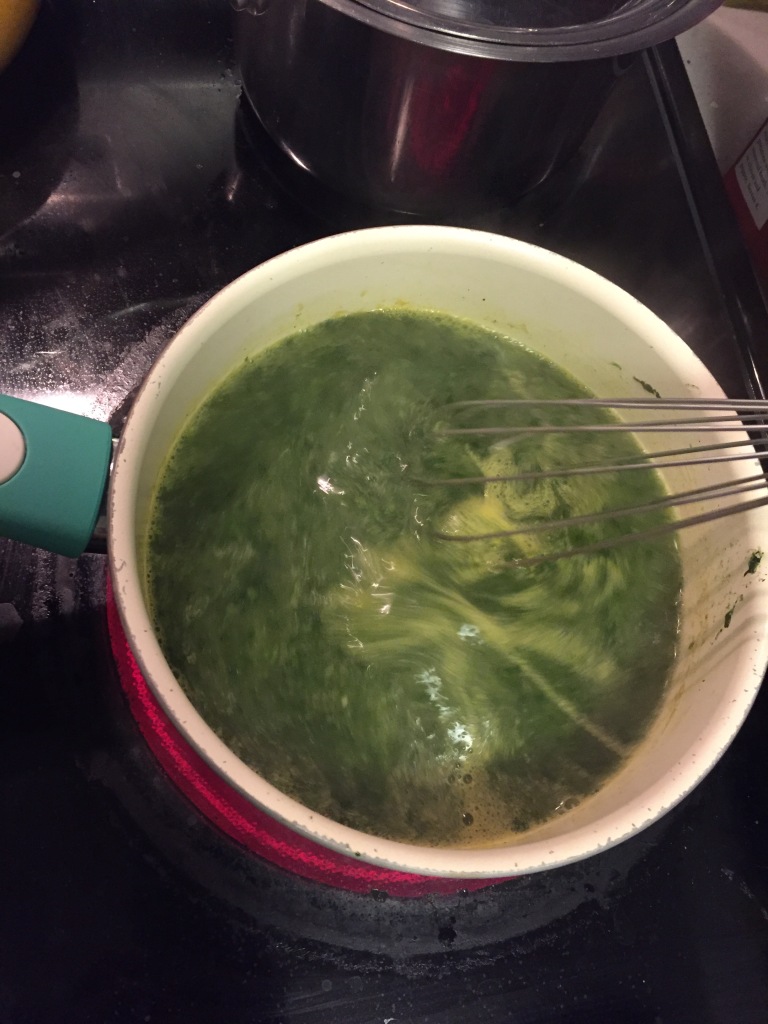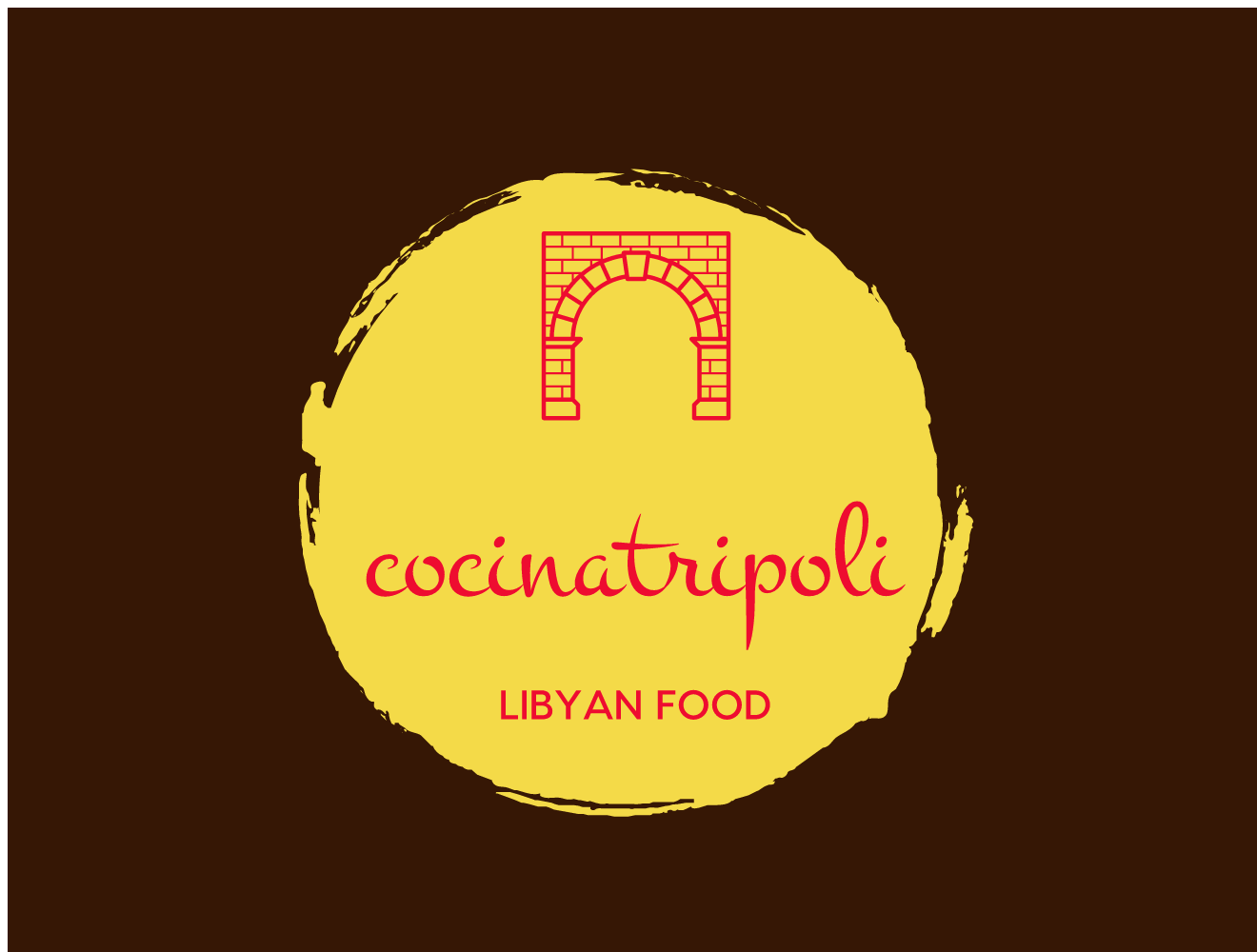
Thanks to Radwa for teaching me this dish!
One of my best friends is originally from Cairo and when we get a chance on a lazy afternoon we like to cook together. Recently she came home excited from a trip to a part of the city where there are a number of Middle Eastern grocery stores. She had stocked up on ingredients she couldn’t usually find, including chopped and frozen molokhia.
Molokhia is not a vegetable I had ever tasted, or heard of until recently. This vegetable, otherwise known as Jews Mallow in English, is prevalent throughout the Maghreb region as well as Egypt, Lebanon, Palestine, and Jordan. The leaves are eaten in a variety of ways depending on the cuisine, including preparations of fresh, dried, and ground molokhia which then gets rehydrated. My husband salivates upon the mere word of molokhia, and my Egyptian friend waxes nostalgic at the thought of this dish, and so it has become a mission of mine to discover this vegetable that has people talking.
For someone who is just as foreign to the plant as I am, it is very similar to spinach in taste, but much more like okra in consistency (it gets kind of gelatinous or some would same, slimy). It is rich in folic acid, vitamin C, iron, and calcium, and is an all-around superfood.
We decided to make a very simple yet elegant version of the plant, working with chopped and frozen molokhia shipped all the way from Cairo to Chicago. Essentially, the plant gets turned into a stew that can be eaten over rice, with a meat (chicken or the traditional rabbit), or with bread. Read on to discover our version of Egyptian molokhia, and try this recipe yourself!

Ingredients:
- About 2 cups of frozen and chopped molokhia.
- 1 tsp of baking soda to keep the molokhia from browning.
- 2-3 cloves of garlic finely chopped.
- About 2 TBSP of ghee or butter.
- Ground coriander, salt, pepper, and cumin seeds.
- Olive oil for toasting the spices (about 2 TBSP).
- About 2 cups chicken stock or water for rehydrating the molokhia.
Preparation:
- Begin by adding the molokhia and chicken stock or water together in a medium-sized pot. You can use water but the chicken stock will make this richer. Allow for the molokhia and stock to heat to a boil, then reduce to a simmer, stirring as the two become one.
- Add baking soda to the molokhia. As stated, this will keep the molokhia from browning.
- In a separate frying pan, head the pan with olive oil, then add the garlic and spices. Fry the spices for about 30 seconds to one minute, then add the ghee. Once the ghee has melted, add everything to the molokhia.
- Taste the molokhia adding any additional salt or spices.
- Serve over rice, with meat, or with bread.

Also, it is said to always make a little critique of the molokhia, such as, “Oh well, it looks like the ghee burned. This will not be very good!” This is a local superstition, similar to the evil eye, to keep bad jinn/bad things away. I had to laugh when my friend told me this, as my mother is notorious in my family for always apologizing or pointing out an error in her cooking before serving her food. Maybe she is Egyptian underneath that Midwestern skin! 🙂

I realize that this preparation of molokhia is just one way of making it, and I am excited to discover the other preparations of other regions. If you have a recipe of your own to share, please do!

